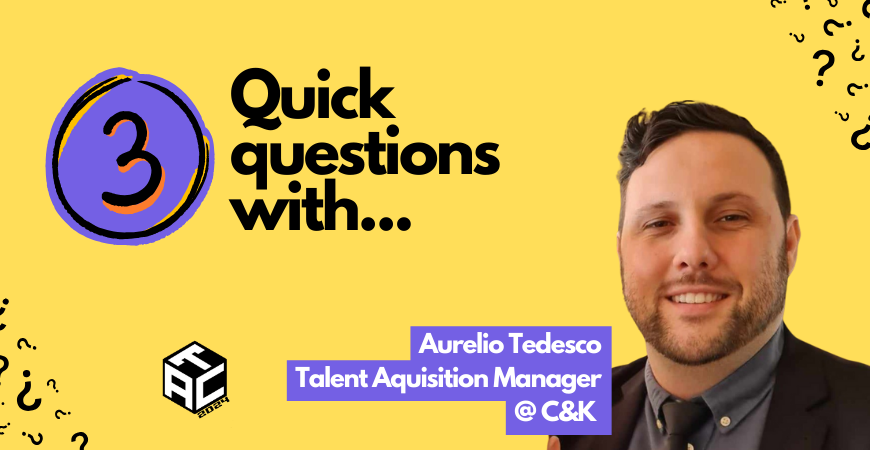Corporate recruiting has evolved over many decades and is a jumble of habits, ideas, assumptions, and practices. There has been little effort spent to test them for their validity or efficiency.
If we believe, as I do, that good designs make life easier, more efficient, and more productive and that bad designs cause frustration, stress, dissatisfaction, and lead to mistakes, then we need to deeply examine and redesign our recruiting functions to solve talent problems, not just recruit.
Deliberate design
Design can happen in an evolutionary and haphazard way, as it has for corporate recruiting, or we can deliberately design. Deliberate design involves challenging assumptions, learning more about the customer, developing and testing a variety of approaches to find the best one, and then implementing and continually improving that design.
Some practitioners think a deliberate design approach would be prescriptive and limit the variety of methods and practices and eliminate experimentation.
But a good design minimises these limits by building in safeguards. Design thinking requires us to redefine what we do in broader terms that allow for experimentation and avoids prescriptive solutions. For example, we might start by stating that recruiters do not fill requisitions, they do not source candidates, and they do not screen and assess.
What they do is to solve Talent problems and make it easier for the organisation to achieve its business goals.
This is big. It requires recruiters to identify and solve Talent problems – even when those solutions are not about recruiting. For example, it might be better to develop people for a particular position rather than hire externally. Or it might be wiser to invest in a gig worker rather than hire a full-time regular one.
Design thinking means that you think bigger and more strategically about the business. You understand the business environment, the long term prospects for your industry, and the immediate business issues that hiring managers face. And, it means involving hiring managers in the design process.
Data analytics
Data analytics has to be a part of any recruitment design. More and more organisations are using data analytics, for example, to determine whether it is more efficient to hire a replacement for a position or to train someone internally. The decision is made on data, not on the opinions of HR or managers.
Some organisations are calculating the impact one person has on profits versus another person with a different profile.
Some are looking at the attributes of successful performers and tying their findings back into the recruitment assessment process.
In all cases, data is the key to good design. The more you know about your organisation, your candidates, past successes and failures, the costs involved, and the impact of technology, the better your final design.
Collaborative Talent problem solving
The 21st-century organisation is already smaller than organisations of the past, and more people are working independently than ever. There is a growing emphasis on collaborative networks, which is another way to say team learning and systems thinking.
One of the best examples of this is when people are working together in an environment where sharing is essential to success, where anything held back or not exposed might derail the outcome, and where diverse inputs are solicited and incorporated into the solution. More and more work is project-based where these conditions are a given.
New software tools, social networks, blogs, as well as the Internet itself and the ability to work virtually, are accelerating the trend away from functional silos and dis-integrated work toward much more holistic and harmonious work teams.
The complexity of hiring the right skills grows, but by designing a collaborative approach, involving multiple partners from hiring managers to recruiters, HR generalists, candidates, and employees, can help bring new and better solutions to the scarcity of Talent.
Good design is about superior results and less frustration. It’s worth the effort.
Cover image: Shutterstock
Become an unstoppable force for good at this year’s ATC2020 DIGITAL. Tickets on sale now, see you online!






























